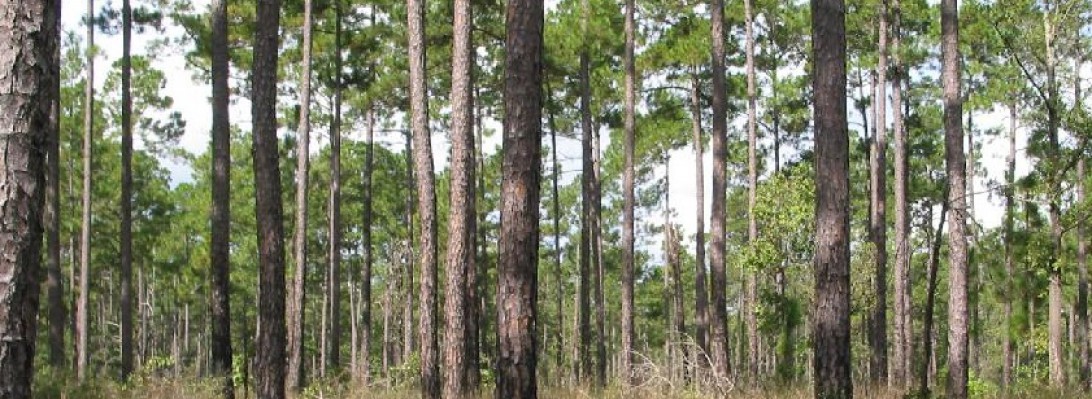NAMING
Scientific Name: Colocasia esculenta
Family: Areaceae
Common: paro, elephant ears
HABITAT
Native to India, Southeast Asia
Category 1 Invasive
Brought over as food resource for slaves, promoted twice more, researched for biofuels
Habitat: Mucky soils, edges of swamps, rivers, lakes
Range: South Carolina -> Texas
TREE TRUNK
Size:
Bark: –
LEAVES
Herbacious, grows in dense groups
soft, velvety
dark green above
arrow shape
paltate peticle
stem is succulent
REPRODUCTION
Flowers: doesn’t often
Fruit: little berry (edible)
USES
TOLERANCES
Shade: tolerant
Frost: no








